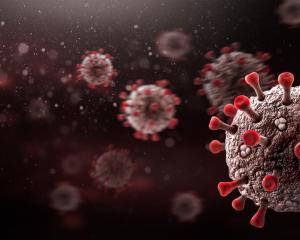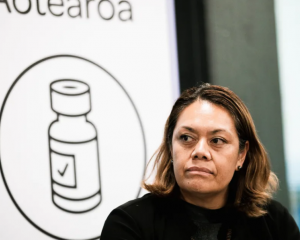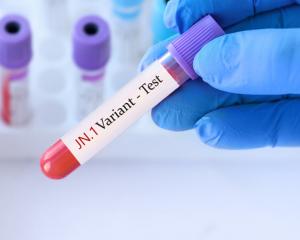The team of 5 million has played phenomenally well so far during the Covid-19 pandemic, but now it is about to step up to test match rugby.
The greater speed and intensity of the Omicron variant of Covid-19 is like nothing New Zealand has experienced before and the Government, correctly, yesterday moved the country to the Red traffic light as of today.
Arguably, more stringent measures could have been put in place — the Australian experience of Omicron, where that country went from a handful of cases a day to a million new cases within just 10 days demonstrates just how quickly this new threat will spread.
Omicron is now present in both the North and South Islands, and the sheer number of airline flights noted as close contact locations suggests Omicron will be in more places than the already disclosed Auckland, Palmerston North and Nelson.
However, shutting down New Zealand, as has been done in previous lockdowns, has been ruled out as an appropriate response to this new phase of the pandemic — the speed with which Omicron spreads and the head start it has on the cover defence might well have negated the effectiveness of lockdown regardless.
The key difference in 2022, unlike 2021, is that 96% of eligible New Zealanders have had at least one dose of the Pfizer vaccine and 94% are double-dosed.
Boosters are now available for those who, sensibly, heeded sound public health advice to get vaccinated as soon as possible.
Although not a guarantee against catching Omicron, overseas experience is that vaccination and a booster shot provides maximum protection against contracting the disease and means if you are unfortunate enough to do so the experience is likely to be a milder one.
The vaccination programme for 5-11-year-olds has also begun and not a moment too soon as the new school year fast approaches.
Omicron will stretch the local health system as never before, as the Southern District Health Board made plain on Friday.
The scenario planning it provided to the Otago Daily Times, which suggested Otago and Southland could experience about 5000 cases within a month — or in a worst-case scenario 25,000 cases total at the peak of the outbreak — was not scaremongering.
Rather, it was a realistic appraisal based on what similar countries have experienced of what an Omicron outbreak might mean for us all.
But it might not be as bad as painted, so long as the team retains its discipline and avoids penalties.
Vaccination remains key to slowing the spread and the impact of Omicron.
Hand hygiene, mask-wearing and social distancing, public health measures which we are all now all too familiar with, will also be key in protecting not only ourselves and our families but also those in the community most at risk of severe illness if they contracted Covid-19.
The southern health workforce, which has already performed heroics during this pandemic, will be asked to perform miracles once Omicron reaches our region.
The sheer number of cases expected means that primary care will be mostly caring for Covid-19 patients obliged to isolate at home, and each practice will likely have to provide advice and support for dozens of families.
The one ray of hope with Omicron is that it is less virulent than other variants of Covid-19 New Zealand has faced, but tempering that is the fact that its higher transmissibility will mean more southerners will require hospital-level care.
Indicative of how serious Omicron could be is the fact that the SDHB is planning for a quarter of its workforce at any one time to be in isolation with Covid-19 — again, not far-fetched, as in the 1918 pandemic influenza pandemic at one stage Dunedin Hospital had four of its five surgeons and 82 of its 116 nurses in bed in its wards.
Our biggest Covid-19 test is fast approaching and in the coming weeks, now more than ever, southerners will have to be stoic and willing to help their neighbours and themselves so that we can all get through this.










